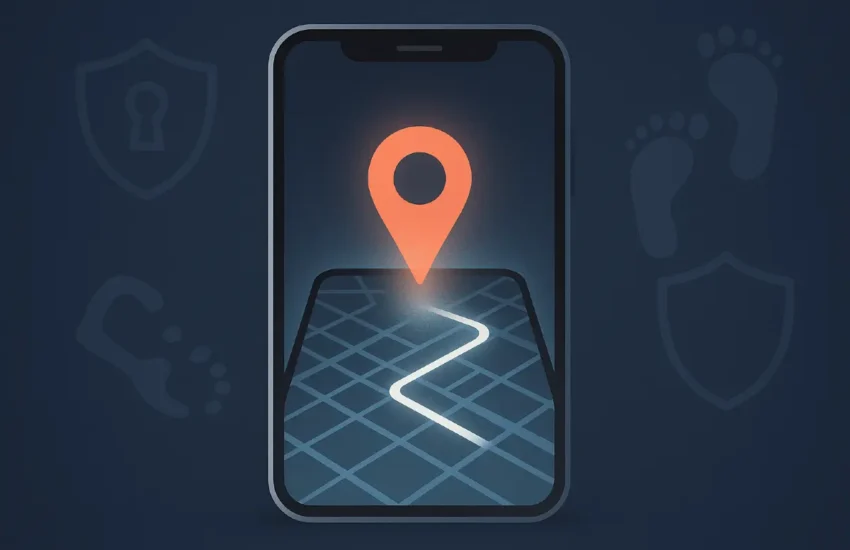A Comprehensive Guide On How To Enhance Your Radiology Information System
For radiology departments around the world, having an effective Radiology Information System (RIS) is essential. Without access to timely and accurate patient data, a smooth workflow can be harder to achieve. In order to remain competitive in today’s markets, medical organizations have increasingly relied on RIS as a means of providing exceptional care for their patients and ensuring consistent results across multiple sites or centers.
However, incorporating technology into your medical facility doesn’t come without challenges. Effective use of RIS requires extensive planning and continual learning from doctors and technicians alike. To help you make the most out of your RIS setup, we created this comprehensive guide detailing best practices on how to enhance your Radiology Information System operations!

Invest in a reliable Radiology Information System (RIS) software that will meet the needs of your practice
In today’s healthcare industry, the use of technology is more important than ever to ensure efficient and accurate patient care. That’s why investing in reliable Radiology Information System (RIS) software is crucial to meet the demands of your practice.
A good RIS can streamline your practice’s workflow and improve the overall quality of care that you provide. Before purchasing, it is essential to thoroughly research and understand the capabilities of different RIS software, particularly focusing on custom RIS functions that can be tailored to suit the specific needs of your practice, thus optimizing the workflow and enhancing overall efficiency.
With the right features, your RIS can help with everything from scheduling appointments to managing patient data to generating comprehensive reports. So if you’re looking to take your practice to the next level, consider investing in RIS software that will meet your needs and exceed your expectations.
Create an easy-to-use interface
It’s all about making life simpler for the end-user. When designing a user interface, it is important to keep in mind that not everyone is a tech-savvy individual, therefore, ensuring an interface that is intuitive and easy to navigate is paramount.
An easy-to-use interface ensures that users are able to complete their tasks quickly and efficiently, leading to higher user satisfaction and better retention rates. Incorporating search functionality that is intelligent and accurate is also vital in providing a seamless experience for users, further improving the usability of the interface. With an easy-to-use interface and intuitive search functionality at the forefront, you can be assured of more satisfied users and a successful product.
Take advantage of automated data entry
The use of automated data entry in a Radiology Information System (RIS) can greatly enhance accuracy and efficiency. This feature eliminates the need for time-consuming and error-prone manual data input. Automated data entry not only reduces the chances of crucial errors that can arise from manual handling but also frees up valuable time for healthcare staff.
This time can be better spent on patient care, leading to improved patient outcomes and overall operational efficiency. Furthermore, automation ensures data consistency across all entries, making it easier to track patient progress and analyze performance metrics over time. Utilizing automated data entry in your RIS is a smart step towards a more productive and error-free radiology department.
Integrate RIS with other healthcare systems
The healthcare industry is constantly evolving and digitizing its operations to improve the quality of care for patients. One key aspect of this digital transformation is the integration of Radiology Information Systems (RIS) with other diverse healthcare systems. Collaboration of these systems ensures that data is accurate, up-to-date, and available instantly.
This integration of RIS with Electronic Health Record (EHR) systems and Picture Archiving and Communication Systems (PACS) can help doctors make informed decisions, streamline administrative tasks, and improve the overall quality of patient care.
Healthcare can be complex and integrating these systems can provide a seamless experience for doctors and patients. As healthcare continues to move forward, the integration of RIS with other systems will play a significant role in innovation, collaboration, and achieving better patient outcomes.
Implement other features
To make your Radiology Information System (RIS) more robust and versatile, consider implementing additional features like document imaging, voice recognition dictation, and barcoding capabilities. Document imaging can streamline your record-keeping process by converting paper documents into digital files, thereby saving storage space and making data retrieval more effective.
Voice recognition dictation, on the other hand, can facilitate quicker and more accurate patient reports by converting doctors’ spoken words into written text. Lastly, barcoding capabilities can help reduce errors in patient identification and medication administration, thereby improving patient safety. These added features can greatly enhance your RIS, contributing to improved efficiency and quality of care in your radiology department.
Adopting these strategies can take your Radiology Information System (RIS) from merely functional to outstandingly efficient. The journey to enhance your RIS is a commitment to continual learning, adaptation, and optimal utilization of available technological tools. Remember, the ultimate goal is patient-centered care, and an efficient RIS plays a crucial role in achieving this.
By investing in reliable RIS software, creating an easy-to-use interface, leveraging automated data entry, integrating your RIS with other healthcare systems, and implementing additional features, you are not just improving your radiology department’s workflow but also elevating the standard of care your patients receive. In the ever-evolving landscape of healthcare, staying ahead means embracing technology and using it to its fullest potential.


